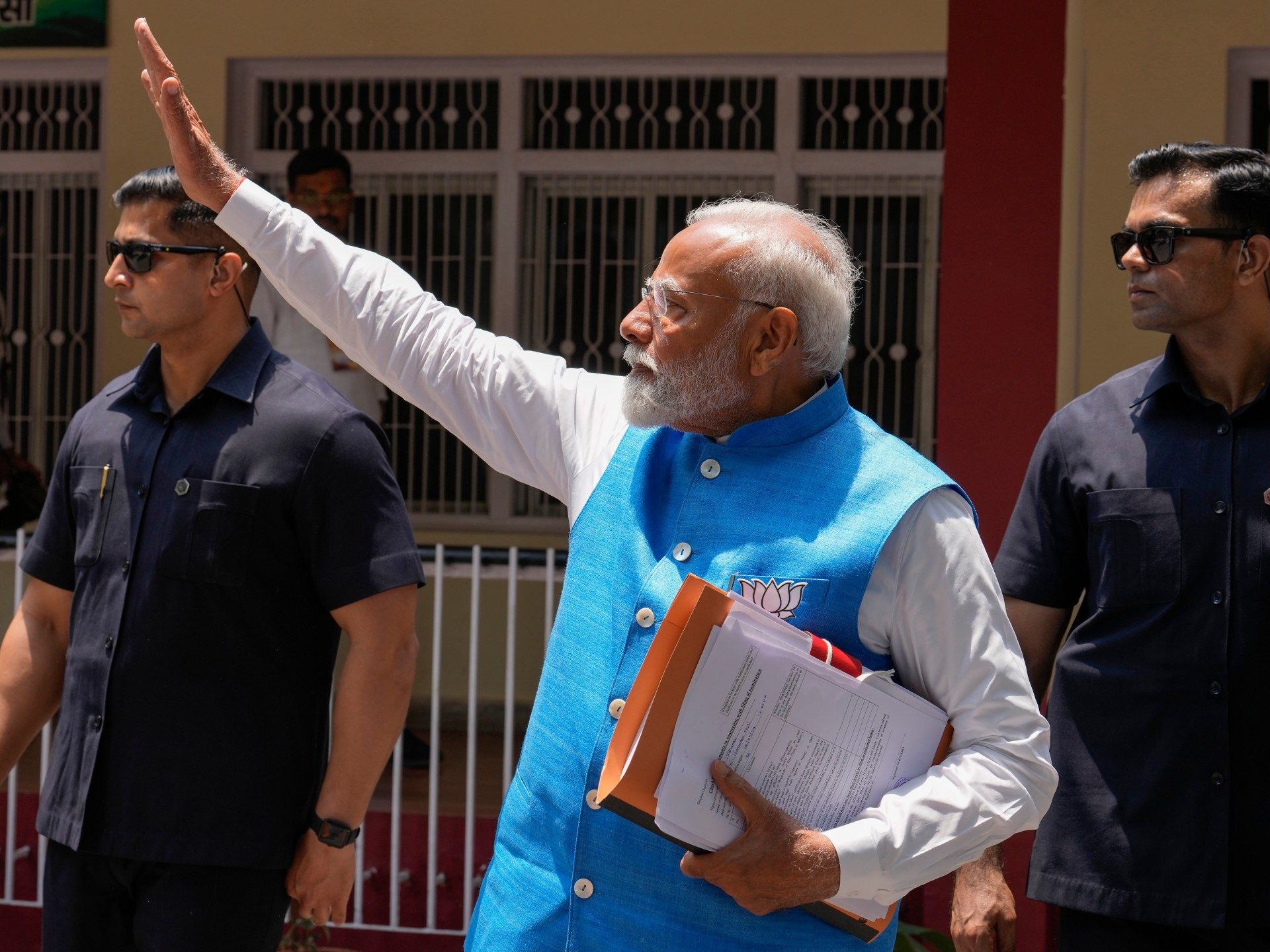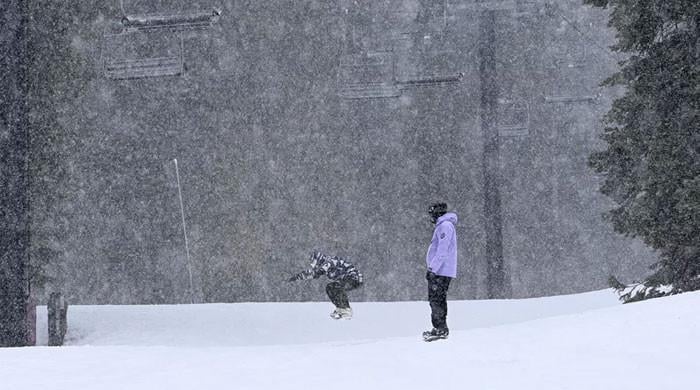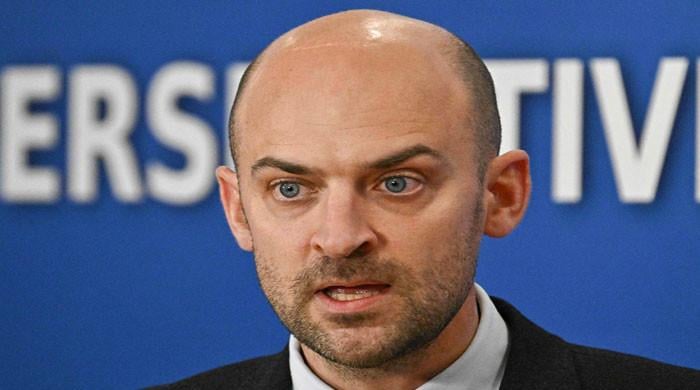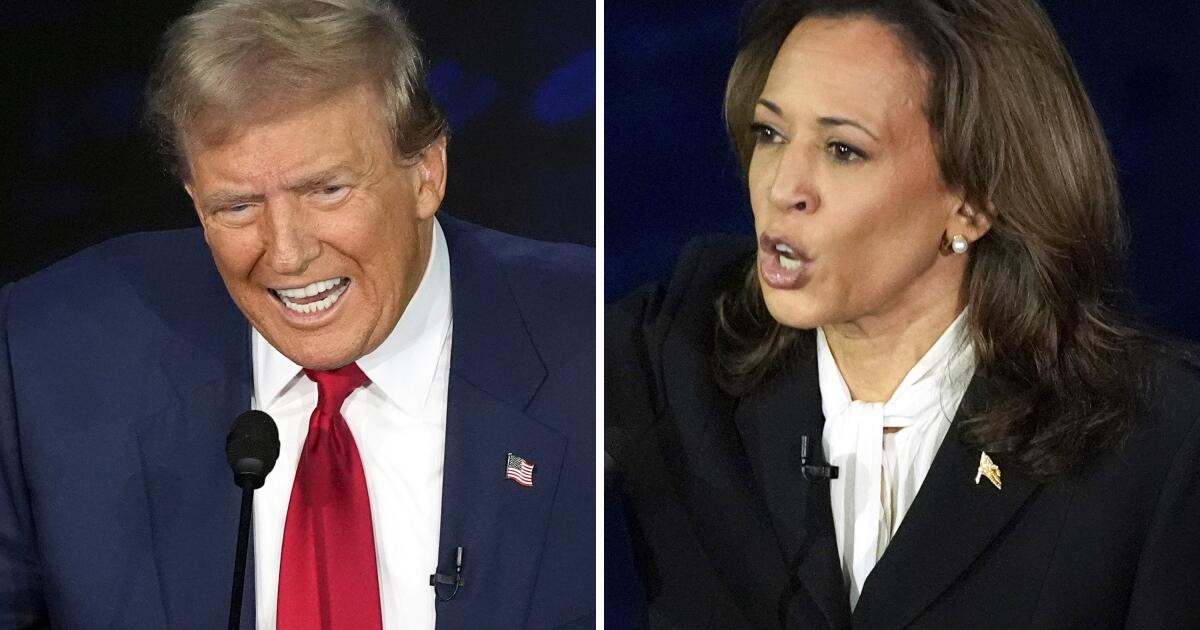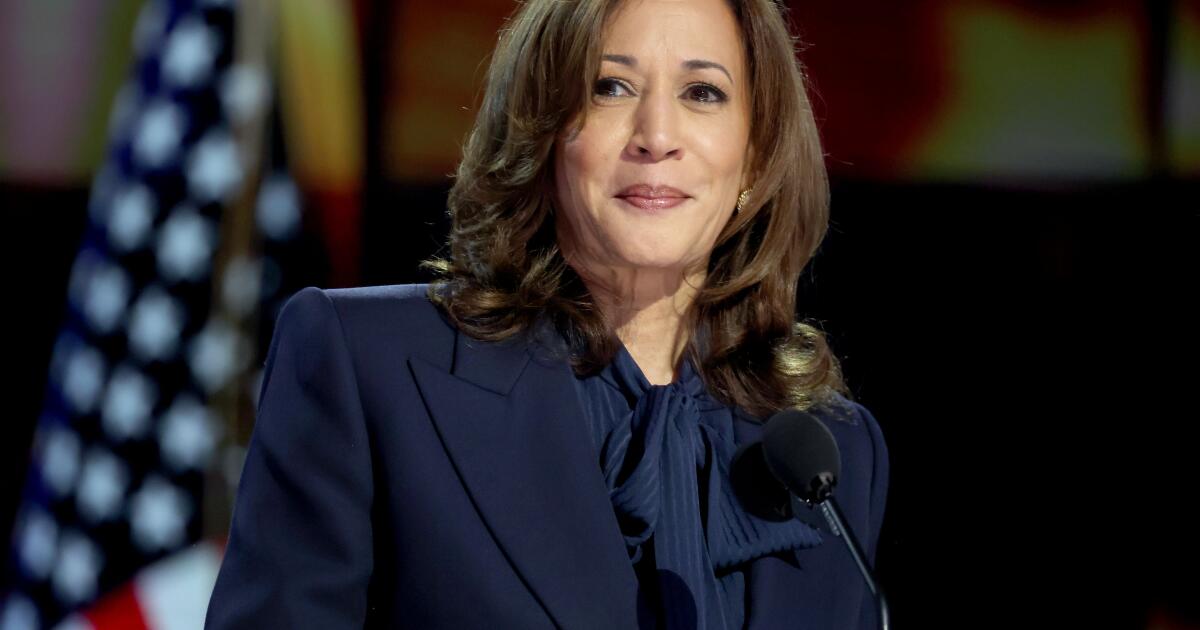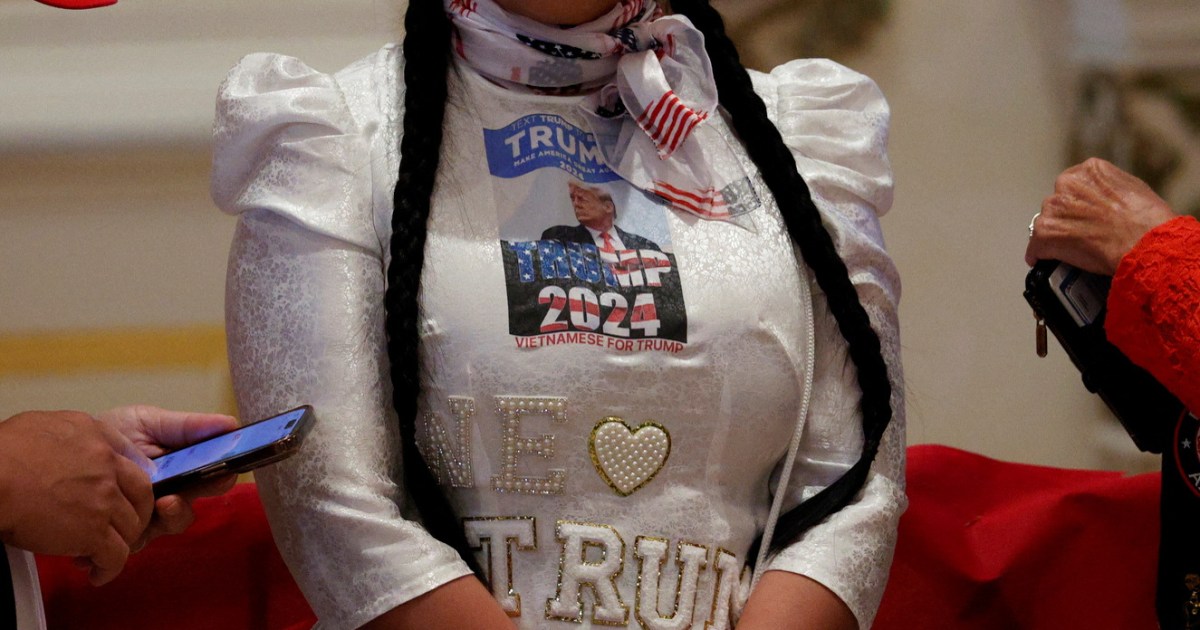Varanasi, India – Indian Prime Minister Narendra Modi is known for putting on spectacular road shows filled with fawning audiences who shower him with marigold flower petals.
It's a pattern that India has witnessed in multiple cities over the past few weeks, in the midst of the biggest elections the world has ever known. And the optics have worked well for Modi in the past in Varanasi, the 4,000-year-old city in the politically vital state of Uttar Pradesh, which is his parliamentary constituency. Here, congested lanes and lanes amplify the perception of a packed crowd overflowing to see the prime minister.
That was the case again on May 13, when Modi led a 5-kilometer (3-mile) long roadshow through the city on the banks of the Ganges River. Some rumors, amplified by some local journalists, suggest that Modi's Bharatiya Janata Party (BJP) brought in supporters from neighboring districts. But as Varanasi prepares to vote on June 1 in the final phase of India's mammoth elections, almost no one in this city, which has deep religious significance for Hindus, has any doubts about Modi's almost certain victory in the electoral district.
“The only point of contention is whether Prime Minister Modi will win by the same margin as last time,” said Vishwambhar Mishra, professor at the Indian Institute of Technology (IIT), Banaras Hindu University and president of the Sankat Mochan Foundation, Varanasi. , which Campaigns for the cleaning of the Ganges, a sacred river for Hindus. In the 2019 parliamentary elections, Modi won by a margin of about 600,000 votes.
Modi's expected margin of victory is not just a statistic: the BJP will be hoping that Modi's campaign in Varanasi and its presence in the region will also help it sweep 13 neighboring parliamentary seats, where it faces stiff competition. of the opposition alliance INDIA.
In Varanasi, Modi faces a familiar enemy: Ajay Rai of the Congress, India's largest opposition party. Rai also ran against Modi in 2019 and is not expected to fight much against the prime minister. In fact, the Congress Party's decision to stick with Rai as a candidate has upset some of its cadres, such as Anoop Mishra, a former congressman and hotelier who left the party. “This time Prime Minister Modi will be richly rewarded. Rai can’t do much,” said Anoop Mishra.
Modi's national appeal aside, the prime minister's imprint is visible in Varanasi, one of India's most densely populated cities. The city's biggest attraction is its historic Kashi Vishwanath temple. For centuries, pilgrims had to navigate narrow, busy streets to access the temple. Now, a new highway and expanded roads make it easier for them to travel between the airport and the temple. At the temple, paramilitary forces control the crowd, expediting their movements with military precision.
In Varanasi, religion is also commerce, and there too Modi has delivered. The city received 5.5 million visitors in 2014, the year Modi first competed and won in Varanasi, and became prime minister. In 2023, that number rose to 54 million, a nearly tenfold increase. Modi, in 2018, inaugurated a river port in Varanasi, on the Ganges.
Nowadays, it's often nearly impossible to get a hotel room, even in the middle of summer, which is typically not the peak season for people to visit the city. And the hotels themselves don't look like they used to: full of business money, they have been renovated.
A city that for a long time used to cater mainly to the poorest pilgrims, who trudged from different parts of the country in search of salvation by visiting hundreds of deities or taking a dip in the Ganges, has now become a destination that attracts people of all income. demography.
However, there are also rumblings of discontent on the banks of the Ganges. Bhanu Chaudhari, a university graduate forced to work as a boatman because he cannot find other work, led this writer to show the eerily picturesque Manikarnika Ghat, where fires on funeral pyres burn all the time. There is also anger burning inside Chaudhari.
“There is a lot of anger among people because there are no jobs,” he said.
He insisted that many Varanasi residents shared his frustration. As the boat that carried this writer moved silently along the river's famous ghats, it became clear that many parts of the city remain shrouded in poverty and darkness.
Mishra, the professor, said Modi's promise to clean the river has also not been fulfilled. His account on social media platform X is filled with images of raw sewage flowing into the river.
Still, Varanasi boasts something rare in today's India. Modi is a polarizing prime minister and was recently accused of anti-Muslim hate speech. But Varanasi has been free of communal tensions, despite hosting a disputed mosque next to the Kashi Vishwanath temple.
That inter-communal peace is essential for the city's fragile sari business. Varanasi is one of the largest silk saree centers in India. Banarasi brocade, sourced from the city, is popular among Hindu and Muslim brides. Most of the weavers in the city are Muslims.
Like most industries, the saree business was affected by COVID-19 but has since recovered. “The market has been very good lately,” said Hasrat Muhammad, one of the country's leading sari weavers. Winner of a national award, he can barely keep up with the furious rise in demand for his silk and brocade sarees.
But Modi's anti-Muslim comments – he referred to the community as “insiders” and “those who have more children” – will not be easily forgotten by Varanasi's Muslims, who make up 20 percent of the city's population.
They will not vote for Modi, Muhammad insisted. They will vote, he said, for the opposition alliance INDIA, which in Uttar Pradesh is led by the Congress Party and the Samajwadi Party.
That likely won't matter on June 4, when the results of India's seven-phase elections are counted. However, it is a reminder of the deep divisions that lie beneath the surface of a city held together by saris and a history of communal coexistence.

